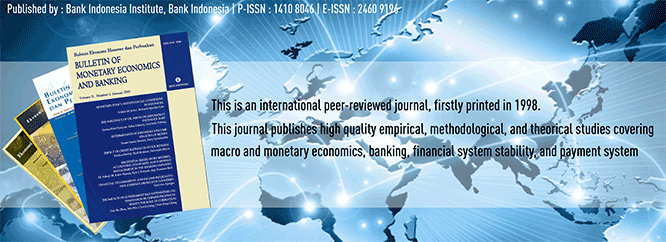
Document Type
Article
Abstract
This article is an empirical analysis of the relations between financial structure and the urban–rural income gap (URIG) in China’s economic transition, based on the country’s double dual structure. We employ data of 31 provinces in China from 2001 to 2016 to empirically study the influence of financial structure on the URIG. We find an inverted U-shaped relation between financial scale and the URIG, a positive impact of urban and rural financial structure on the URIG, and an inverted U-shaped relation between the mismatch of financial resources and the URIG. These findings show that selection of the optimal proportion of the state-owned economy through ownership reform and the promotion of financial development and optimization of the allocation of financial resources are two effective ways to reduce the URIG.
Recommended Citation
Wang, Quan-JIng; Feng, Gen-Fu; and Chang, Chun-Ping
(2019)
"FINANCIAL STRUCTURE FOUNDATION OF THE URBAN– RURAL INCOME GAP IN CHINA: AN INVESTIGATION FROM THE PERSPECTIVE OF THE DOUBLE DUAL STRUCTURE,"
Bulletin of Monetary Economics and Banking: Vol. 22:
No.
2, Article 4.
DOI: https://doi.org/10.21098/bemp.v22i2.1079
Available at:
https://bulletin.bmeb-bi.org/bmeb/vol22/iss2/4
First Page
177
Last Page
194
Creative Commons License

This work is licensed under a Creative Commons Attribution-NonCommercial 4.0 International License
Country
China
Affiliation
Xi’an Jiaotong University







